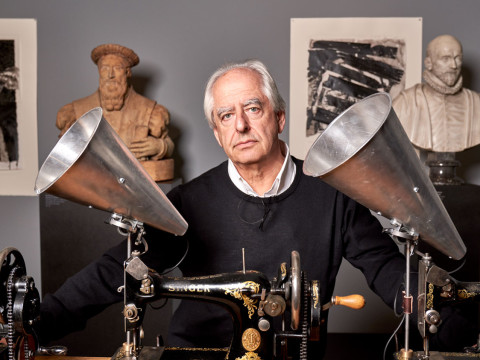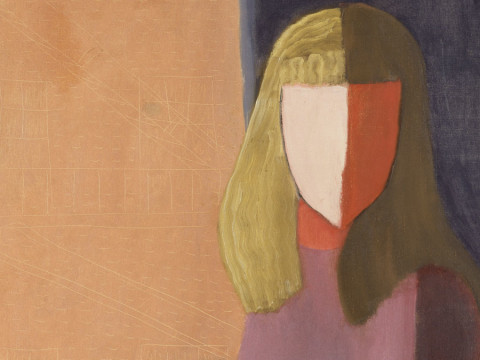
Giovanni Battista Moroni: a beginner’s guide
By Tom Jeffreys
Published on 9 October 2014
In October, the RA opens an exhibition of work by one of the greatest portrait painters of all time, Giovanni Battista Moroni. But he is comparatively little known – certainly when compared to the giants of Italian painting like Titian, Veronese and Tintoretto. We spoke to exhibition curator Arturo Galansino to find out more about what sets Moroni apart.
Moroni the revolutionary
Giovanni Battista Moroni is something of an underrated genius. He is regarded by many art historians as one of the finest artists of the sixteenth century. His portraits are both realistic depictions of a subject and sensitive character studies. “This was revolutionary,” says exhibition curator Arturo Galansino, “because realism was the among the worst things to do in those days – especially in portraiture.” Not only did his approach set him apart from his contemporaries, it also inspired the realism in Caravaggio’s revolutionary paintings, and prefigured even as far forwards as the nineteenth century avant-garde. “Before The Repasseuses by Degas,” says Galansino, “there is The Tailor by Moroni.”

Key work: 'The Tailor'
One of Moroni’s most celebrated works is The Tailor (c. 1570), an enigmatic portrait of the handsome professional at work. While Titian was being commissioned by Popes, Doges and Emperors, Moroni was painting the local aristocracy in Bergamo, northern Italy – and the bourgeoisie. He was not interested in idealising his subjects: “These really were private portraits,” explains Galansino, “and they served a private function.” Moroni’s tailor is dressed elegantly but simply; in his hands are the tools of his craft. The portrait was radical in depicting a skilled worker as a gentleman. “This was unique,” says Galansino, “it had never been done before. The Tailor is one of the most revolutionary portraits in all of art history.”

A sudden disappearance
So why is Moroni so little celebrated? After his death, Moroni’s critical fortunes flagged to the extent that his name almost disappeared completely. Partly this was because during his life he only worked for a very restricted circle of patrons in Bergamo. As Galansino puts it: “Moroni had his own taste, which was anachronistic in a way. He worked in a very small environment and was respected and praised by a few open-minded patrons.” The problem after his death was that, over time, many of his portraits became misattributed to the likes of Titian and Veronese. His works were recognised as being of extremely high quality, but people had simply forgotten who Moroni was.

A Victorian at heart
It was the British who really rediscovered Moroni in the nineteenth century. The National Gallery under Charles Eastlake started to collect his works, and British art lovers flocked to Italy to buy his paintings. It was during this period that Henry James mentions the “magnificent” Moroni several times in his novels and short stories as an example of the perfect portraitist. What James identified with was Moroni’s ability to capture the psychology of his sitters – their inner lives – just like James’ own works tried to do. In some ways, Moroni had the mindset of a Victorian novelist, but 300 years earlier.
Giovanni Battista Moroni is in the Sackler Galleries at the RA from 25 October 2014 – 25 January 2015.
Tom Jeffreys (@tomjeffreys) is a writer, editor and curator.
Arturo Galansino is co-curator of Giovanni Battista Moroni.
Related articles

A beginner's guide to William Kentridge
19 July 2022

A beginner's guide to Milton Avery
12 July 2022

13 things to know about Francis Bacon
14 February 2022

Light Lines Tour with Hélène Binet
23 November 2021

A beginner's guide to Michael Armitage
21 May 2021
